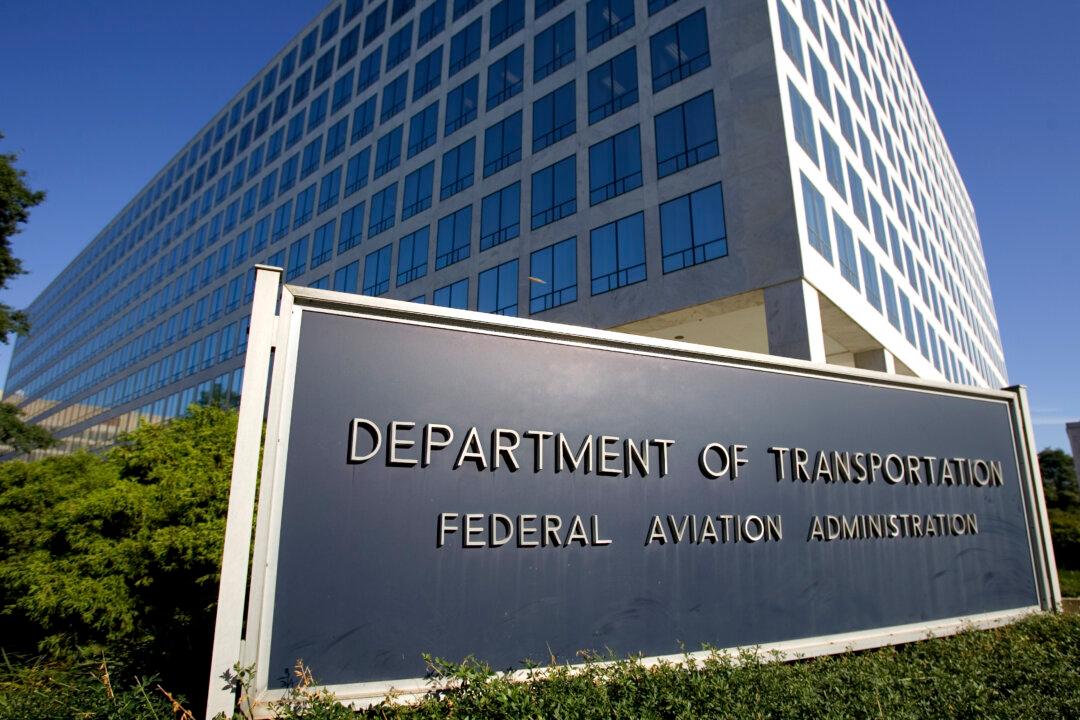The U.S. Federal Aviation Administration (FAA) released a plan on July 18 to start air taxi operations in the country as early as 2025—opening the pathway toward a futuristic mode of transportation within urban regions.
An air taxi is a flight service that uses small aircraft to transport people over short distances. They usually offer a small number of seats. Such flight services don’t need to rely on big airports but on small, local airports or similar takeoff sites. The airplanes’ small size and ability to launch and land vertically enables them to operate in dense cities—rapidly transporting people from one destination to another. Initial operations are expected to begin in the 2025–2028 timeframe, according to the FAA’s “Innovate28” plan (pdf), which details how air taxis can operate.





